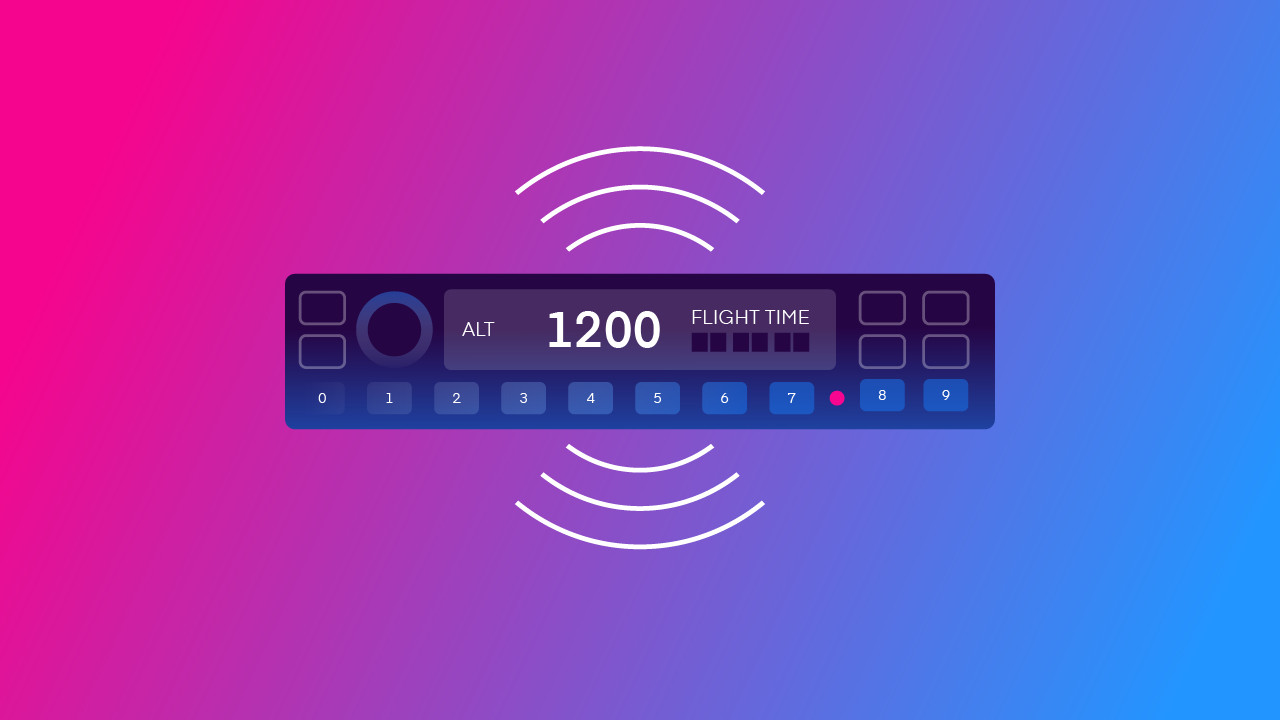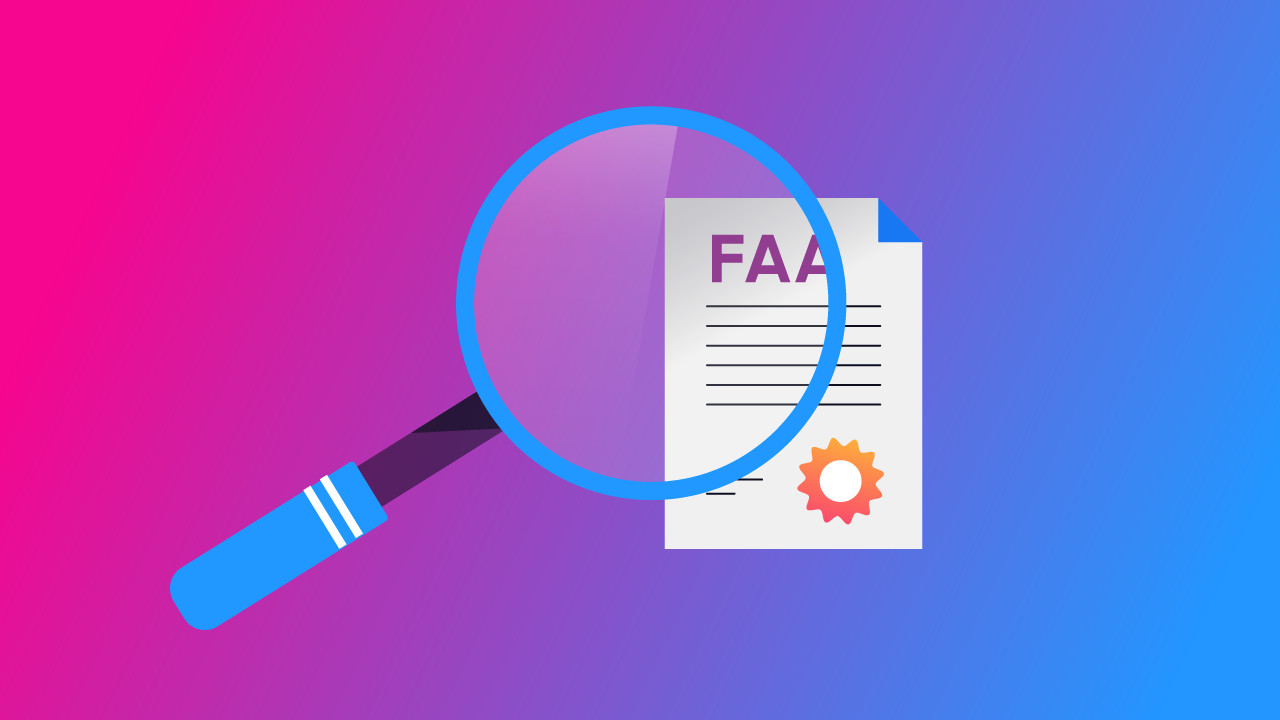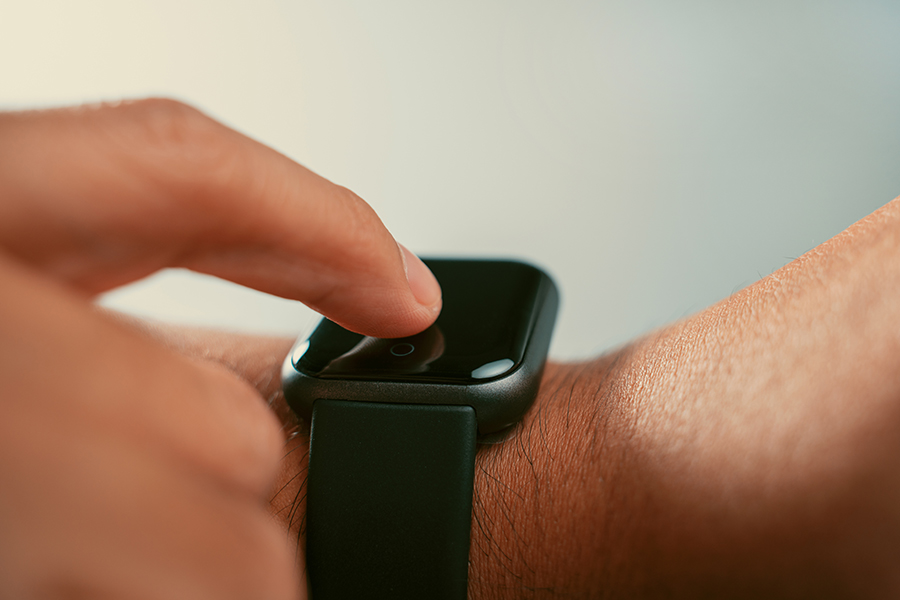-
Key Takeaways
-
What Is a Transponder?
-
What Is a Transponder Mode?
-
Transponder Code vs. Transponder Mode
-
What Are the Different Transponder Modes?
- Mode A Explained
- Mode C Explained
- Mode S Explained
-
What Is “Ident?”
- When Will ATC Ask Me to “Ident?”
-
Military Transponder Modes
-
When Is a Transponder Required?
-
Conclusion
The transponder is a piece of equipment that you use every time you fly.
We can’t say the same for other equipment in the airplane (we’re looking at you, Vertical Speed Indicator). Yet, your instructor likely spent far more time explaining how the Vertical Speed Indicator (VSI) works.
But on the other hand, if you turn off your transponder, see how far you can fly without getting into trouble. The FAA doesn’t even require a VSI in the airplane!
In this article, we’ll demystify the world of transponder modes.
Key Takeaways
- A transponder sends flight data to ATC and aircraft.
- Mode A sends codes; Mode C adds altitude; Mode S shares advanced data.
- The “Ident” button highlights your aircraft on ATC radar.
- Military modes offer secure communication and ID features.
What Is a Transponder?
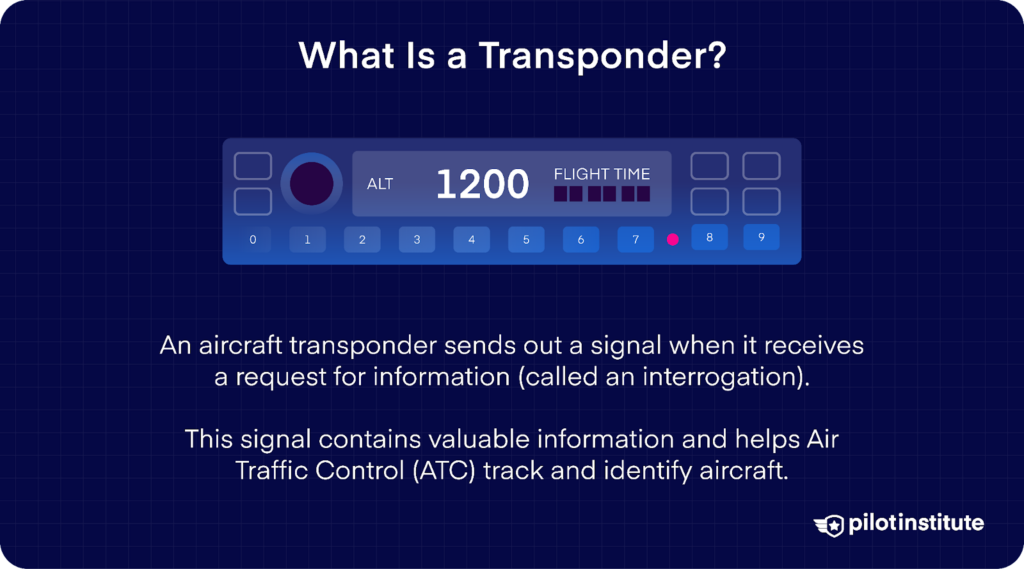
An aircraft transponder sends out a signal when it receives a request for information (called an interrogation). This signal contains valuable information and helps Air Traffic Control (ATC) track and identify aircraft.
What Is a Transponder Mode?
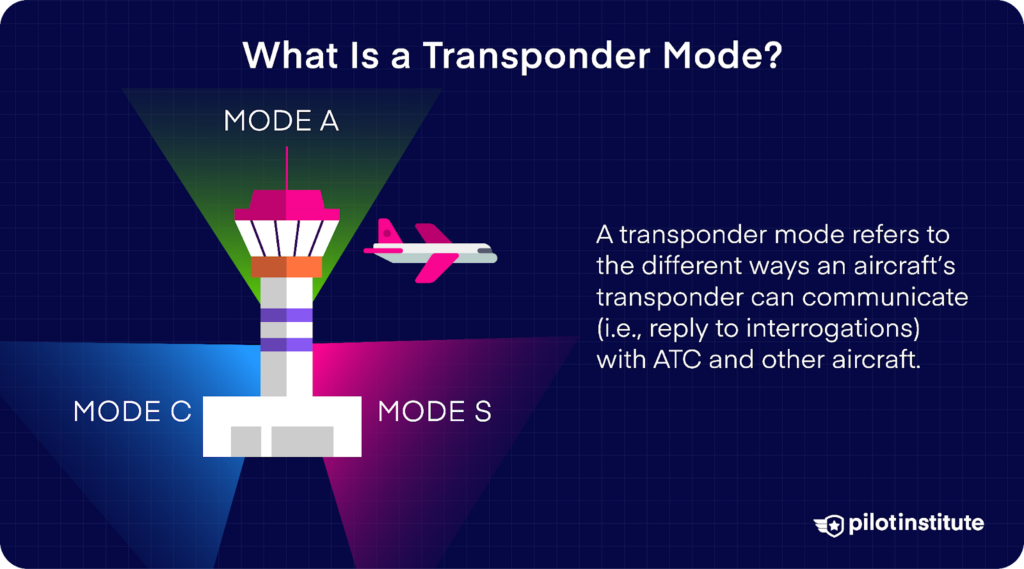
A “transponder mode” refers to the different ways an aircraft’s transponder can communicate (i.e., reply to interrogations) with ATC and other aircraft.
For example, imagine an ATC station on the ground and an aircraft in the air.
The ATC station sends a request for information from the aircraft (interrogation). The aircraft’s transponder then replies to this interrogation. The transponder mode determines the format of this reply.
You may have heard of mode A, mode C, or mode S – but do you know what they mean?
Here’s a quick summary:
- Mode A: Mode A only transmits a four-digit squawk code. Useful for identifying an aircraft and its position, but not much else.
- Mode C: Mode C provides information on the aircraft’s pressure altitude. Combined with mode A, ATC and other aircraft can receive an aircraft’s unique squawk code, position, and altitude.
- Mode S: Mode S, short for “Mode Select,” offers more advanced communication capabilities than mode A or mode C transponders.
- Ident: Ident is a function of a transponder that, when activated, allows ATC to identify your aircraft on its radar screen.
There are various types of modes in use today. Mode 1 to Mode 5 are military transponder modes, while modes A, B, C, D, and S are civilian transponder modes.
Mode B and mode D are not in use (only modes A, C, and S are operational).
Transponder Code vs. Transponder Mode
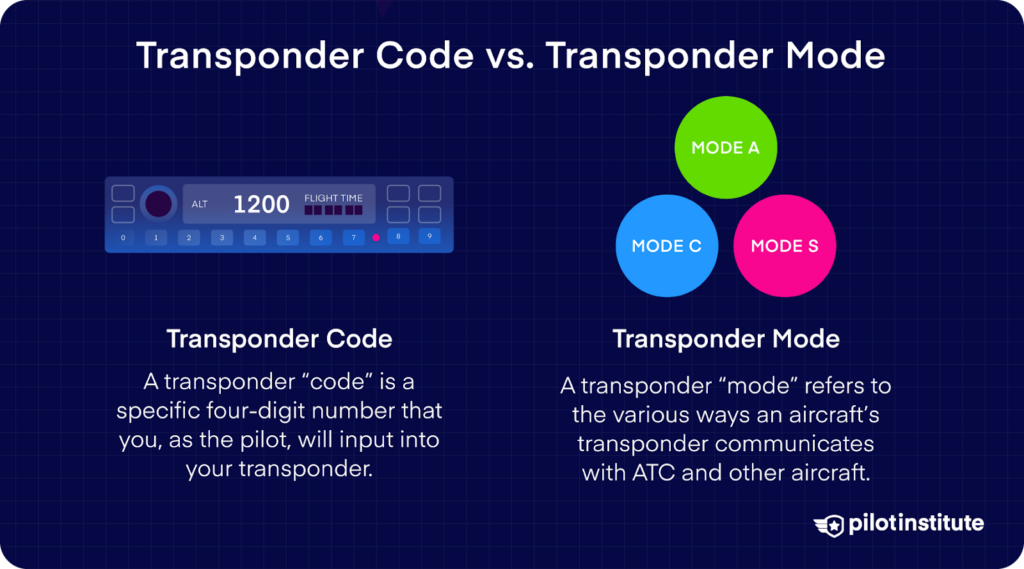
It’s vital that you don’t confuse a transponder “code” with a transponder “mode.”
They sound similar and fit nicely into a poem, but that’s where their similarities end.
A transponder “mode” refers to the various ways an aircraft’s transponder communicates with ATC and other aircraft.
As mentioned earlier, there are three main modes: Mode A, Mode C, and Mode S. Each mode transmits different types of information to help ATC and other pilots identify and track your aircraft.
On the other hand, a transponder “code” is a specific four-digit number that you, as the pilot, will input into your transponder.
This code, also known as a “squawk code,” is assigned by ATC to identify your aircraft. When your transponder receives an interrogation, it responds with this code, allowing ATC to differentiate your aircraft from others on their radar screens.
So, a transponder mode (e.g., mode C) is the type of information sent, and a transponder/squawk code (e.g., 4703) is how that information is identified.
You’ll hear controllers say “Squawk [4703],” which means you need to put that number (transponder/squawk code) into your transponder.
What Are the Different Transponder Modes?
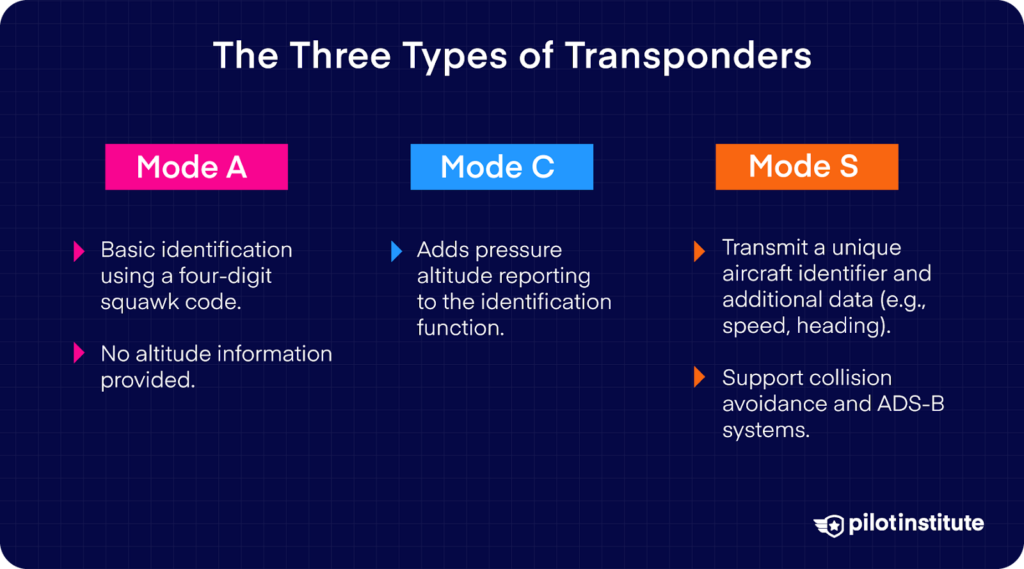
Mode A Explained
Mode A is the most basic transponder mode.
Mode A only transmits the four-digit squawk code. Useful for identifying an aircraft and its position, but not much else.
That’s why mode A and mode C are usually combined.
Mode C Explained
Mode C is the most widely used transponder mode.
Mode C provides information on the aircraft’s pressure altitude. Combined with mode A, ATC and other aircraft can receive an aircraft’s unique squawk code, position, and altitude.
This combination of mode A and mode C is normally just referred to as mode C.
Mode S Explained
Mode S, short for “Mode Select,” is a type of transponder that offers more advanced communication capabilities than mode A or mode C transponders.
When you use a mode S transponder, it transmits a variety of valuable information to ATC and other aircraft.
Here’s a rundown of the critical data transmitted by a mode S transponder:
- Unique ICAO Address: Every aircraft has a unique ICAO (International Civil Aviation Organization) address assigned to it. Mode S transponders send this address, which helps ATC and other aircraft identify your specific aircraft.
- Squawk Code: Just like mode A, mode S transponders also transmit the four-digit squawk code assigned by ATC.
- Altitude: Similar to mode C, mode S transponders provide your aircraft’s altitude.
- Position, Speed, and Heading: Mode S transponders can also send your aircraft’s GPS-based position, speed, and heading, which helps ATC and nearby aircraft know your location and direction of travel.
- Additional Flight-Related Data: Depending on the transponder’s capabilities, it can transmit other flight-related information, such as intent data, which provides ATC with a better understanding of your planned flight maneuvers.
For example, some mode S transponders can transmit the selected heading on your autopilot. If ATC notices that you have the wrong heading set, they may be able to warn you.
But there are two more systems that make mode S transponders incredibly valuable.
They’re called Traffic Collision Avoidance Systems (TCAS) and Automatic Dependent Surveillance-Broadcast (ADS-B).
These systems improve situational awareness and help prevent mid-air collisions by allowing aircraft to share their positions and other relevant information with each other.
This way, pilots can get warnings if aircraft get too close to each other, even if ATC doesn’t notice.
What Is “Ident?”
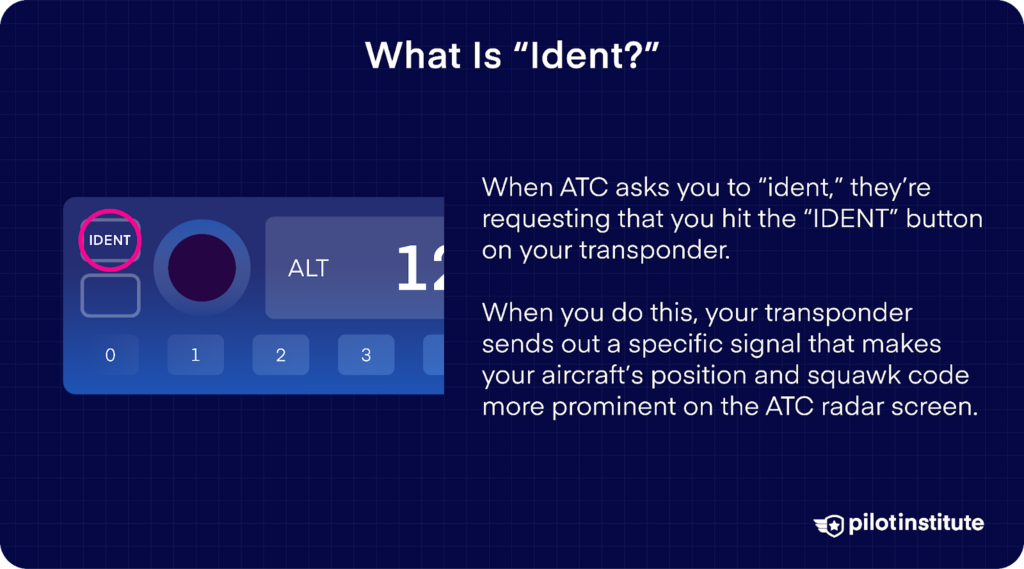
Okay, so we’ve talked about transponder modes and transponder codes, but there’s one more transponder feature you need to understand.
It’s called “Ident.”
When ATC asks you to “ident,” they’re requesting that you hit the “Ident” button on your transponder.
When you do this, your transponder sends out a specific signal that makes your aircraft’s position and squawk code more prominent on the ATC radar screen. In other words, your aircraft will “flash” on their screen, indicating that you are sending an “ident” signal (an identification signal).
The “ident” function is particularly useful when the airspace is busy or when the controller needs to verify your identity on their screen.
Always listen carefully to ATC instructions and respond promptly when asked to “ident.”
Luckily, it’s easy. When ATC asks you to “ident,” just press the ident button on your transponder.
That’s it.
After you press ident, they’ll find you on their screen, and it’s business as usual.
When Will ATC Ask Me to “Ident?”
ATC might ask you to “ident” various situations during your flight. Here are some common instances when you can expect to receive an “ident” request:
- Initial Contact: When you first establish contact with ATC, they might ask you to “ident” to confirm your aircraft’s position on their radar screen and ensure they are communicating with the correct aircraft.
- Handoff between Controllers: As you fly through different airspaces, controllers will hand you off from one to another.
During this handoff, the new controller may ask you to “ident” to verify your position and establish positive radar identification. - Radar Contact Lost: If ATC loses radar contact with your aircraft for any reason, they may ask you to “ident” when re-establishing contact to confirm they have the correct aircraft.
- Traffic Advisory: In busy airspace or when nearby traffic may pose a conflict, ATC might ask you to “ident” to ensure they are providing accurate traffic advisories to you and other aircraft in the area.
- After Changing Transponder Code: ATC may request an “ident” to verify your identity after you change your squawk code.
Military Transponder Modes
Military transponder modes are similar to civilian transponder modes, but they have some additional features tailored to military operations.
Military aircraft use these modes for identification, communication, and surveillance purposes.
The primary military transponder modes include:
- Mode 1: Used to identify the mission or purpose of a military flight, such as air defense, air interception, or training. The aircraft transmits a two-digit code assigned by the military to provide a general indication of its mission type.
- Mode 2: In mode 2, the military aircraft transmits a four-digit code that serves as a unique aircraft identifier, also known as the “tail number.” This code helps ATC and other military units identify a specific aircraft during a mission.
- Mode 3/A: This mode is equivalent to civilian mode A. The military aircraft transmits a four-digit code assigned by ATC. The code helps ATC differentiate between aircraft on their radar screens. Both military and civilian aircraft use this mode (mode A).
- Mode 4: This is a secure mode used by military aircraft to confirm their identity by transmitting an encrypted code. Mode 4 provides a higher level of security compared to the other modes, as only authorized receivers with the correct decryption key can verify the aircraft’s identity.
- Mode 5: Mode 5 is the military’s advanced and secure version of Mode S. In addition to the features of Mode S (such as transmitting aircraft position, altitude, speed, and heading), Mode 5 includes secure, encrypted communication and advanced anti-jamming capabilities.
This mode also supports Link 16, a tactical data link network used by NATO and allied military forces for real-time information sharing.
When Is a Transponder Required?
The FAA has detailed requirements for when a transponder is required and for a detailed look at when you’ll need to use a transponder, check out our FAA Transponder Requirements explained article.
Conclusion
You’ve now gained valuable insights into the different transponder modes, such as Mode A, Mode C, and Mode S, along with military-specific modes and their unique features.
As you progress in your aviation journey, always remember that effective communication with ATC and other aircraft is essential to your success as a pilot.
The transponder is only one cog in a communication machine that keeps our skies safe and efficient.
Another important aspect is radio communication. If you’d like tips on communicating with ATC (and avoiding a passive-aggressive controller), dive into this article on how to communicate with ATC.
Happy flying, and keep squawking!
